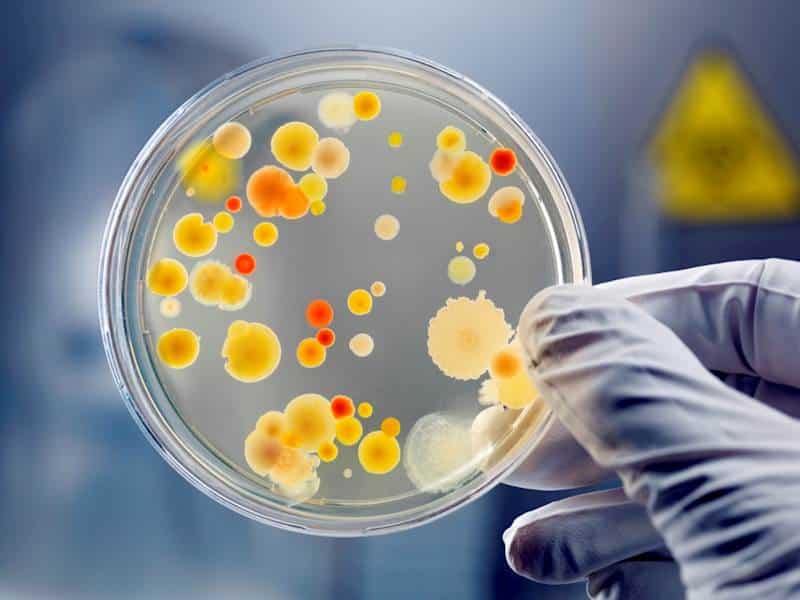Infection

Bacterial infections may alter the usual flora in the feces, hence altering the stool’s color. When food goes faster than usual through your gastrointestinal system, it is more likely to emerge with a yellow to greenish hue. Foods travel more quickly through the digestive system when the stomach is in distress, such as when a foodborne illness is present. This may occur if you have a bacterial infection, such as Salmonella or E. coli.
Salmonella is the most prevalent cause of food poisoning. Additionally, certain strains of E. coli may cause diarrhea, abdominal discomfort and cramping, and a low-grade fever. Salmonella and other foodborne diseases are spread by consuming contaminated food or the droppings of sick animals. Salmonella and E. coli cause the food to break down rapidly, leading to diarrhea and raising the likelihood of passing green, watery poo.
Furthermore, green feces or diarrhea may also be present in a viral infection, such as COVID-19, which causes gastrointestinal symptoms. This may include diarrhea and liver function impairment.










